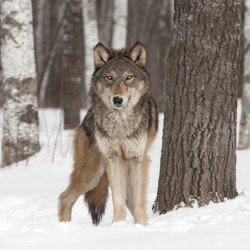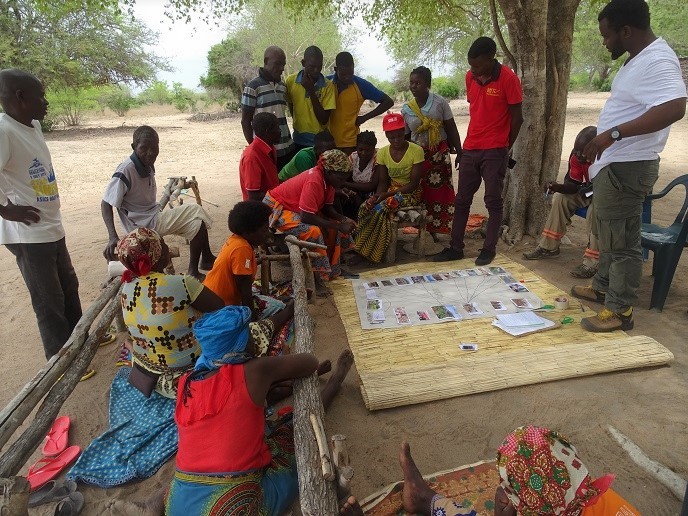Carnivore-herbivore interplay in forests
The temperate forest of Białowieża (Poland) belongs to one of the last remaining natural forests in Europe. Understanding the interplay between ungulate (hoofed) herbivores, their predators and the plants of the forest is important for the conservation of these ecosystems. The EU-funded 'Interacting effects of abiotics and carnivores shape herbivore top-down effects' (INTACT) project set out to study this interaction. Several experiments and observations were conducted in the Bialowieza Primeval Forest (BPF) in Poland. Contrary to other forests, browsing ungulates in the BPF appear to indirectly stimulate the regeneration of their preferred food plant species. Other tree species may regenerate despite high browsing pressure by native ungulate species as was shown for English oak (Quercus robur). Another noteworthy finding was that coarse woody debris protects oak seedlings from browsing, especially in forest gaps. And interestingly, acorns were foraged more frequently (by voles and wild boar) in areas of coarse woody debris, but saplings were browsed less (by deer). The influence of wolves (Canis lupus) on the browsing patterns of red deer was also studied. Researchers showed that browsing behaviour changed when the deer were in wolf territories, thus demonstrating that predators indirectly influence tree regeneration in forests. INTACT's work has broadened our scientific understanding of forest ecosystems. This will have an impact on ecosystems biology and forest conservation in temperate climes.
Keywords
Carnivore, herbivore, predator, plants, temperate forests, ungulate, ecosystem, oak, woody debris, wolves







